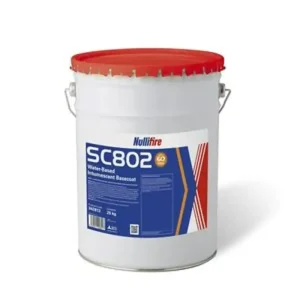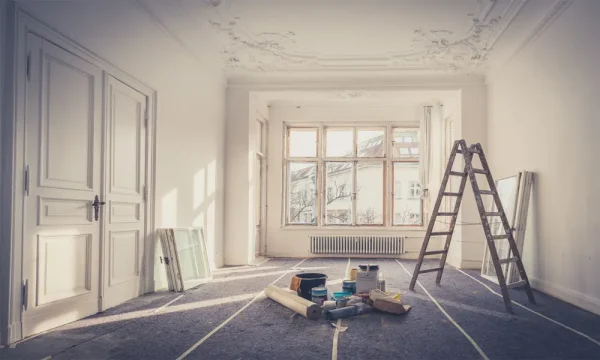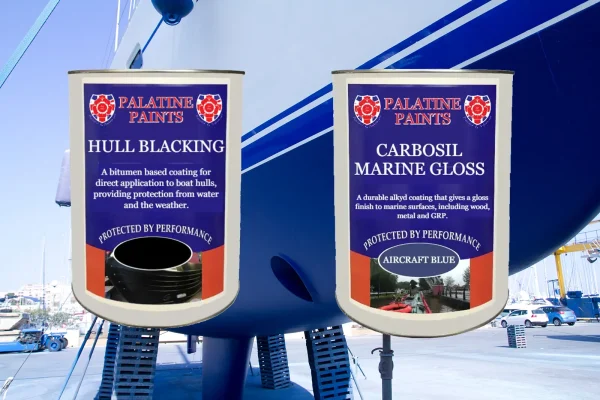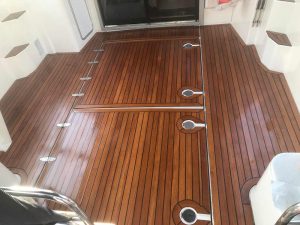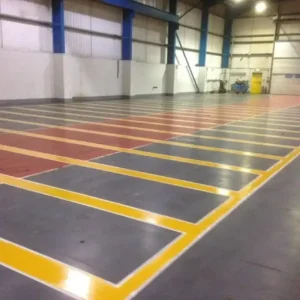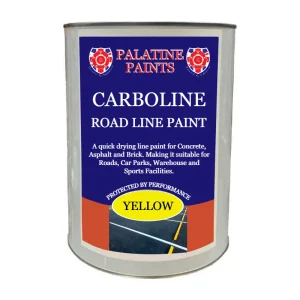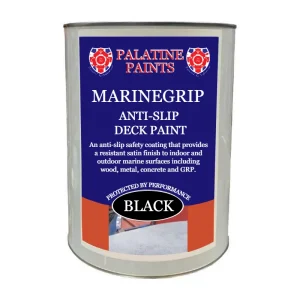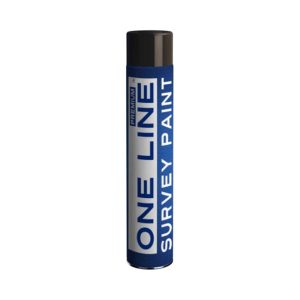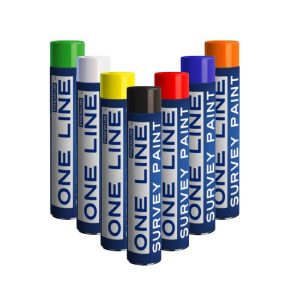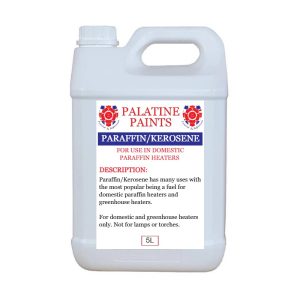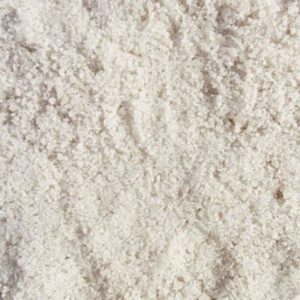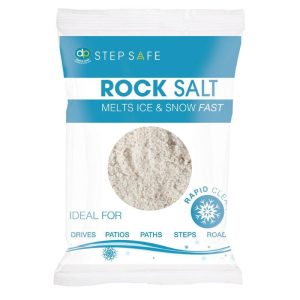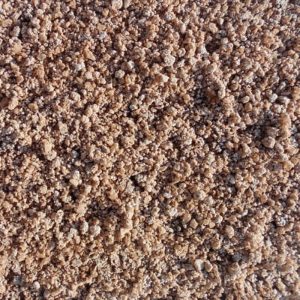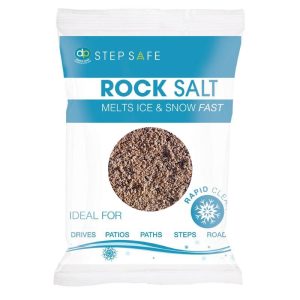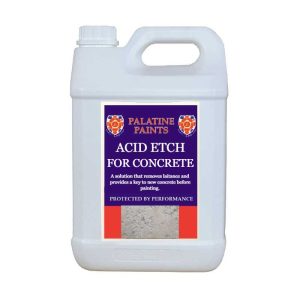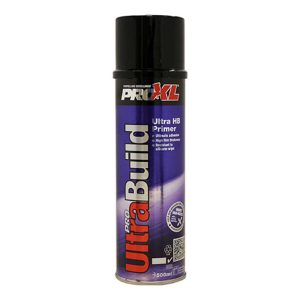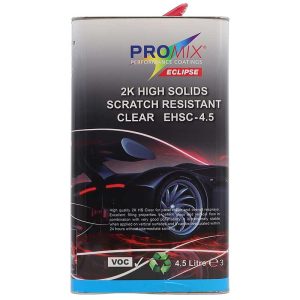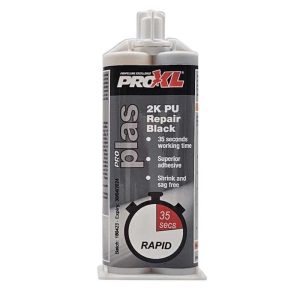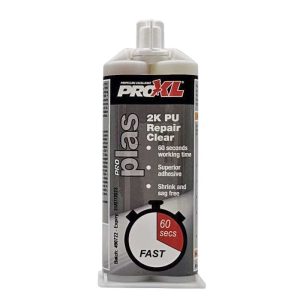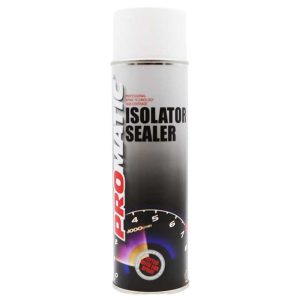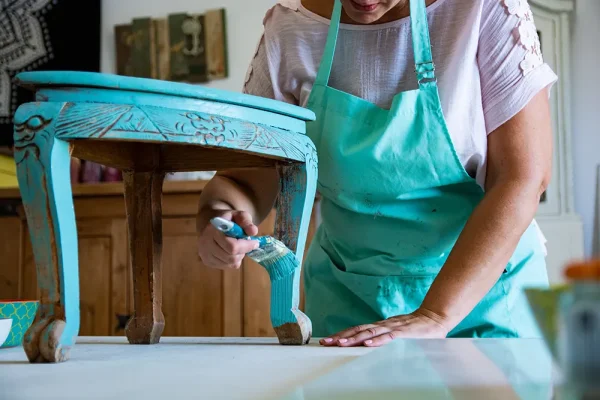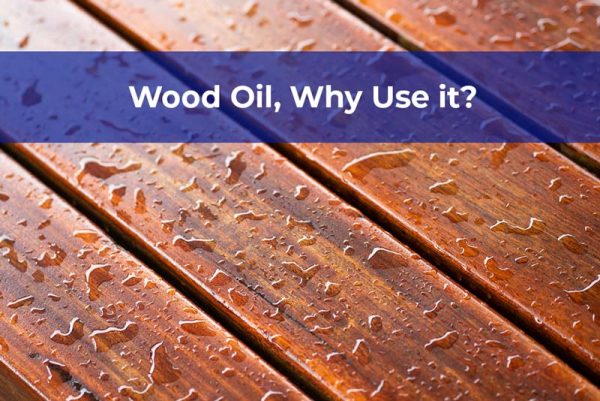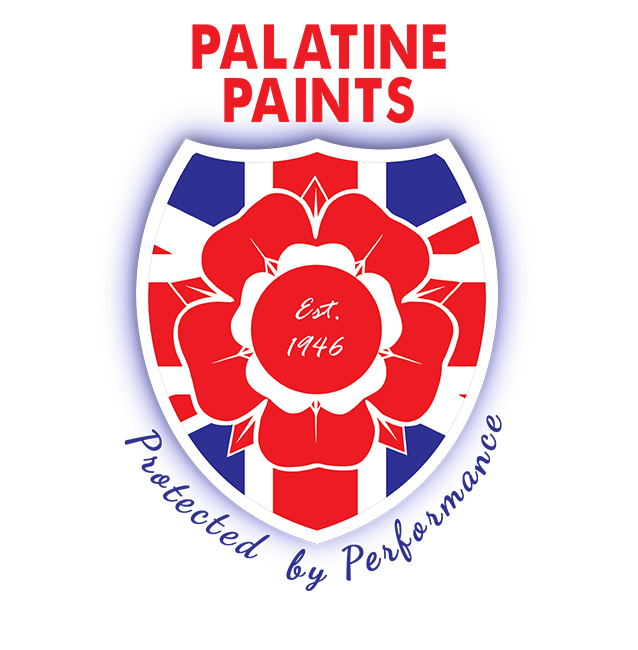All Blogs
Our Guide On The Types of Paint: Eggshell, Satinwood, Metal
Learn About What Type of Paint To Use
When embarking on a painting project, whether it’s adding a fresh coat to your living room or sprucing up a piece of furniture, choosing the right type of paint is pivotal. With a plethora of options available, it can be overwhelming to navigate through the different types of paint, each with its unique properties and ideal use cases. Understanding the distinctions between these types not only ensures the success of your project but also helps you achieve the desired finish and durability. From the suggestive sheen of eggshell to the robust resilience of metal paint, the right selection can transform any space or item.
This article provides a comprehensive guide to types of paint, including eggshell, satinwood, and metal, among others.
You’ll glean insights into the characteristics that define each paint type and their best applications, helping you make informed decisions for your specific needs. By exploring these different types of paint, you’ll learn how to match the right paint with the right project, resulting in both aesthetic appeal and long-lasting results.
Understanding Eggshell Paint
Eggshell paint, often misunderstood due to its delicate-sounding name, is a robust and versatile finish. It is not limited to off-white shades; instead, the term “eggshell” refers to the paint’s subtle, low-sheen lustre, similar to the matte appearance of an egg’s shell. This type of paint can be any colour, offering extensive options for personalising your space.
Characteristics of Eggshell Paint
Eggshell paint’s unique low sheen is its standout feature. It is less flat than matte but avoids the glossiness of higher sheen paints. This finish reflects light gently, enhancing a room’s natural brightness without causing glare, making it ideal for spaces with ample natural light. Its resilience is higher than matte or flat finishes, which means it doesn’t require frequent retouching, balancing durability with aesthetics.
Best Uses for Eggshell Paint
This paint finish is exceptionally versatile, suitable for living rooms, bedrooms, and dining areas where a sophisticated, understated elegance is desired. Eggshell is less durable than semi-gloss or satin but offers better resistance to stains and marks than matte finishes, making it a practical choice for medium- to low-traffic areas. It is also excellent for wood trims, doors, and even furniture, providing a durable yet stylish finish that complements various interior styles.
Cleaning and Maintenance
Eggshell paint is easier to maintain compared to matte finishes due to its slightly glossy surface, which repels grease and dirt. For cleaning, use a mild cleaning solution and a soft, warm cloth to gently wipe the surface. Avoid harsh scrubbing to prevent fading or discoloration. This ease of maintenance makes eggshell an ideal choice for areas like children’s rooms or hallways, where occasional marks are expected but can be easily wiped clean.
By choosing eggshell paint, you benefit from both its aesthetic qualities and practical advantages, making it a reliable choice for enhancing the atmosphere and functionality of your home.
Exploring Satinwood Paint
Defining Satinwood Paint
Satinwood paint is a semi-gloss paint that is known for its durability and ability to retain colour over long periods. It sits between matte and high gloss finishes in terms of sheen, offering a balance that is less reflective than gloss but more so than eggshell. This makes satinwood an excellent choice for achieving a subtle sheen that enhances the space without overpowering it. It’s particularly adept at complementing bold colours and is easy to clean, which adds to its appeal in modern homes.
Ideal Applications
Traditionally, satinwood paint is not used on large areas of interior walls but is favoured for its durability in high traffic areas such as kitchens and bathrooms. It is also a popular choice for woodwork, including doors, skirting boards, and window frames. Thanks to its tough and hardwearing nature, satinwood is suitable for both interior wood and metal surfaces, making it versatile for various home improvement projects. Additionally, it’s commonly used in exterior applications, providing protection and a clean look to surfaces like wood, metal, and masonry.
Tips for Application
To achieve the best results with satinwood paint, start by ensuring the surface is clean, dry, and free from any previous flaking paint. If you’re working on a surface that requires a strong colour change, an undercoat may be necessary to achieve optimal coverage and colour consistency. Apply the paint using a high-quality brush or roller designed for smooth surfaces to avoid leaving brush marks.
For areas like kitchen cabinets or window frames, applying multiple thin coats will yield a more professional finish. Always allow adequate drying time between coats, typically 16-24 hours, to ensure the durability and aesthetic appeal of the finish.
By following these guidelines, you can effectively use satinwood paint to enhance your home’s interior and exterior, providing a durable and attractive finish that lasts.
Metal Paint Insights
Features of Metal Paint
Metal paints are formulated to provide robust protection and enhance the appearance of metal surfaces. These paints are essential for environments where durability and resistance are a priority. For instance, heat-resistant metal paints like the Heat Resistant Paint are designed to withstand extreme conditions, making them ideal for stoves, ovens, and industrial applications.
Additionally, rapid-drying options such as Hammer Finish Metal Paint ensure quick completion of projects with minimal disruption, perfect for public structures like gates and railings.
Our range of metal paints here
Common Uses
Metal paints are incredibly versatile and find applications across both interior and exterior settings. They are particularly beneficial for high-traffic areas and surfaces exposed to harsh conditions. Common uses include painting vehicles, where products like High Solids Top Coat Paint provide a durable and glossy finish, and on metal furniture, tools, and display equipment using versatile products like Manor Stoving Enamel. These paints are also suitable for structural elements like steelwork, offering long-lasting protection and aesthetics.
Durability and Maintenance
The longevity of metal paint is influenced by the specific formulation and the application environment. Products such as acrylic and alkyd paints offer long-term protection against corrosion and are easy to maintain due to their resistance to cracking and fading.
For optimal durability, surfaces should be properly prepared by removing any rust and applying the appropriate primers, like the Metal Etch Primer for non-ferrous metals. Regular cleaning with soapy water and avoiding harsh chemicals help maintain the finish and integrity of the paint.
Additionally, using rust-inhibitive primers can significantly extend the lifespan of metal surfaces by preventing further corrosion.
Choosing the Right Paint for Your Needs
Factors to Consider
When selecting paint, consider the type of finish and its practicality for your space. The finish, or sheen, determines how much light reflects off the painted surface, impacting both aesthetics and maintenance.
Higher sheen levels, like gloss or semigloss, are durable and easier to clean, making them suitable for high-traffic areas or rooms with moisture, such as kitchens and bathrooms. Lower sheen paints, such as matte or eggshell, are better for hiding imperfections but are less resistant to scrubbing.
Pros and Cons of Each Paint Type
- Flat/Matte Paint: Ideal for low-traffic areas; it hides surface imperfections well but is less durable and harder to clean.
- Eggshell Paint: Offers a soft, velvety finish, hiding blemishes while being more durable than flat paint. It’s suitable for living rooms and bedrooms.
- Satin Paint: Features a subtle sheen and higher durability, making it perfect for frequently cleaned areas. However, it might highlight imperfections.
- Semigloss and Gloss Paint: These provide high durability and moisture resistance, ideal for bathrooms, kitchens, and trim. High gloss finishes offer a standout look but can show dents and scratches more evidently.
Palatine Paints Recommendations
For areas that require frequent cleaning or are prone to moisture, such as kitchens and bathrooms, semigloss paint is highly recommended due to its durability and ease of maintenance. For a less reflective finish that still offers durability, satin paint is a great choice for woodwork and metal surfaces. If you’re looking to cover imperfections on walls or ceilings, eggshell or matte finishes are preferable as they help to hide blemishes. When dealing with exterior elements like doors and windows, consider using a higher gloss paint to ensure longevity and easier cleaning. Always check paint samples under different lighting conditions to see how the colour and finish react before making your final decision.
Conclusion
Through the exploration of various types of paint, including eggshell, satinwood, and metal, this guide has aimed to demystify the complexities of choosing the right paint for your project. By reviewing the properties, applications, and maintenance of these paint types, we have laid a foundation for making informed decisions that align with your aesthetic desires and functional needs. Whether the aim is to enhance the durability of high-traffic areas or to achieve a specific aesthetic appeal, the importance of selecting the appropriate type of paint cannot be understated.
As we conclude, remember that the choice of paint can significantly affect the outcome and longevity of your project. The insights provided here should serve as a valuable resource for both DIY enthusiasts and professional painters alike, guiding you towards achieving both visually appealing and lasting results. Embracing the recommended practises and considering the implications of each paint type on different surfaces will ensure that your painting projects are not only successful but also stand the test of time.
FAQs
What distinguishes satinwood paint from eggshell paint?
Eggshell and satinwood are two types of paint finishes that sit between the extremes of gloss and matte. Each is suited to different applications. Eggshell offers a subtle gloss and is quite matte, whereas satinwood has a higher gloss level but is not as shiny as full-gloss paint.
What are the various types of wall paint available?
There are several finishes to consider for wall paints:
- Matt: This finish is smooth and velvety, ideal for hiding wall imperfections as it minimises light reflexion.
- Satin and Silk: These finishes have a ‘mid-sheen’ quality, providing a slightly polished look that reflects some light.
- Eggshell: Known for its subtle sheen.
- Gloss: This is the shiniest option, reflecting a lot of light.
What are the main paint finishes one can choose from?
When selecting a paint finish, think about the space you are decorating. Available sheens include Flat, Matte, Eggshell Enamel, Satin Enamel, Semi-Gloss Enamel, and Hi-Gloss Enamel.
In which scenarios is it advisable to avoid using eggshell paint?
Eggshell paint is not recommended for high-contact or high-traffic areas such as door and window trims, baseboards, and doors. In these areas, it is better to use semi-gloss paint, which is more durable and easier to clean.
Contacting us is easy!
Email: sales@palatinepaints.co.uk
Call Us: 01942 884 122
Contact form: https://www.palatinepaints.co.uk/contact-us
Live Chat Service: Press the small blue icon at the bottom left of your screen.

